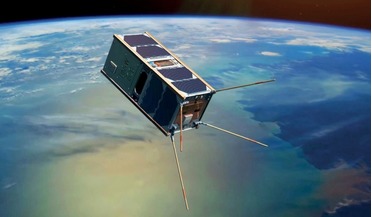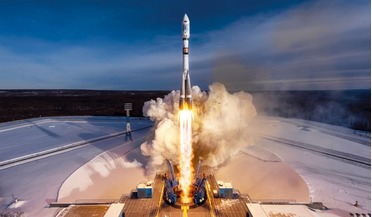 08 October 2020
Asgardia joins International Astronautical Federation
08 October 2020
Asgardia joins International Astronautical Federation
...CET), Lena De Winne will be moderating a high-profile session on the ‘ISS commercialisation and future industry innovation in low Earth orbit’, which will take the form of a conversation between industry leaders on how the International Space Station...
 September 2017
Australia’s ambitious home-grown space industry
September 2017
Australia’s ambitious home-grown space industry
...Myriota’s core-business is building small, self-contained modules that communicate directly with a constellation of low Earth orbit (LEO) satellites. Collected data is transferred to ground stations where all the transmissions received from thousands...
 April 2019
Space launch industry analysis
April 2019
Space launch industry analysis
... of Things (IoT) applications. Some of these are designed to provide low latency (low signal delay) mobile broadband communications and thus need to be operated from low Earth orbit (LEO), with very large numbers of satellites required to provide...
 January 2022
De Ayrshire ad Astra
January 2022
De Ayrshire ad Astra
... launch vehicles was a horizontal air-launch system. The then Orbital Sciences’ Pegasus is a three stage, solid propellant launcher capable of placing up to 443 kg into low Earth orbit (LEO). Pegasus first flew in 1990, long before SpaceX inspired...
 09 December 2015
France and Germany Confirm Plans to Launch Methane Monitoring Satellite
09 December 2015
France and Germany Confirm Plans to Launch Methane Monitoring Satellite
... million euros ($266 million), which includes construction and launch of the satellite, three years operations in low Earth orbit, and the ground infrastructure. The launch is expected to happen in 2020 on either a Europeanized Russian Soyuz rocket...
 07 January 2016
France and Germany May Withdraw from ISS in 2020
07 January 2016
France and Germany May Withdraw from ISS in 2020
...’s Orion crew exploration vehicle – whose mission is not centered on the international space station but destinations beyond low Earth orbit. ESA has already reduced its ISS operating costs – not including the common operating charges – by more...